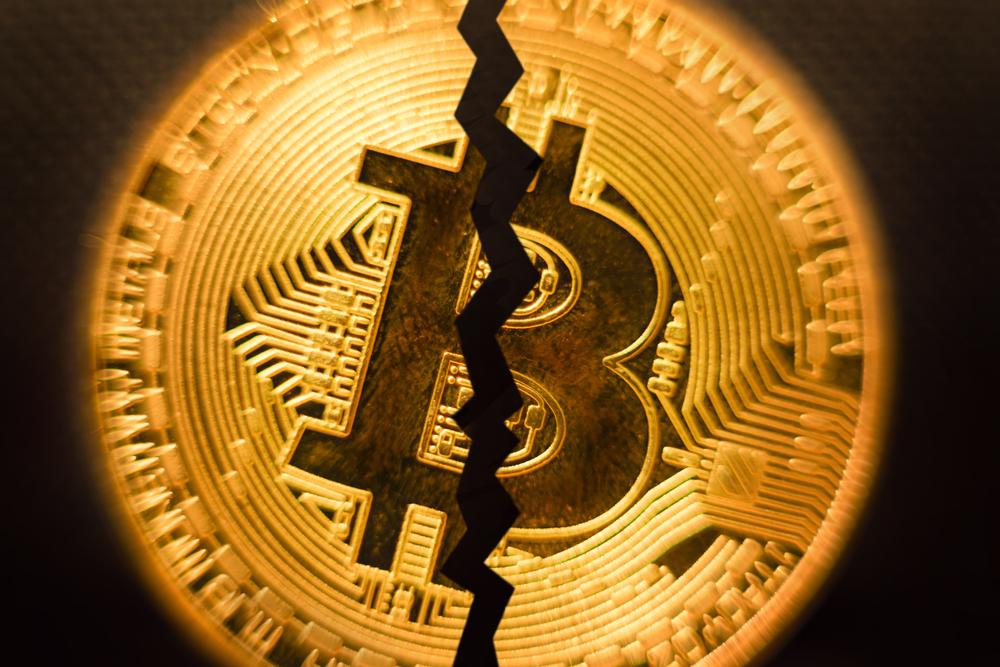Mining on the Bitcoin platform is mounting ahead of the halving in 2024. Bitcoin’s hash rate has reached an all-time high, which indicates the network is more robust than before. This is happening just before 2024’s highly expected halving.
On Wednesday, data from Blockhain.com indicated that Bitcoin’s overall hash rate rose to 491 exahashes per second (TH/s). This suggests that mining machines across the globe securing the Bitcoin network are generating 491 quintillion hash computations per second.
Crypto Firms Prepare for Bitcoin Halving
Hash rate entails the amount of computing power utilized each second. High computing power makes it harder for attackers to control more than half of the Bitcoin network. Additionally, it indicates the presence of additional mining activities since miners expand their operations and utilize more machines to keep making more profits.
Hash computations, also referred to as hashing, are processes that entail converting data into a fixed-length character string. It is required to execute things on the Bitcoin network, such as generating private keys to enable users to transact.
A greater hash rate indicates how hard it is for attackers to control the network since the malicious attacker would require adequate mining power to be at par with the present hash rate and upset it. The process would be pretty expensive and energy-consuming.
Bitcoin Miners Seeks to Increase Hash Rate
An increased hash rate translates to more energy requirements, which later translates to more robust mining hardware. The situation may lead to additional energy use, something Bitcoin has been regularly slammed for previously.
Additionally, it would mean increased costs for miners. Henrike Christin Müller, an investor relations manager at Northern Data, said that before 2024’s halving, an occasion that involves halving the Bitcoin amount awarded to winners every four years, miners are purchasing more effective machines. This has resulted in an increased hash rate.
The imminent Bitcoin halving is the fourth of its kind since the cryptocurrency platform’s unveiling fifteen years ago. It is anticipated to take place in April and is widely considered a positive market pointer. This is because the rewards’ halving is aimed at curbing Bitcoin inflation.
The supply of new Bitcoin is halved every four years, minimizing the availability of cryptocurrency miners can release to the market. Further, if history indicates, the halving increases demand for the present Bitcoin available on the market. Bitcoin’s fixed supply amounts to 21 million coins, with 19.5 million circulating.
Meanwhile, halving is looming as Bitcoin sustains its rally, also driven by anticipated approval of spot Bitcoin exchange-traded fund (ETF) by the US Securities and Exchange Commission.
